Remember when they were like that in the late 90s and early 2000s? They immediately began making films about them and writing books about extremely gifted children, almost telepathic, but having problems with communication. 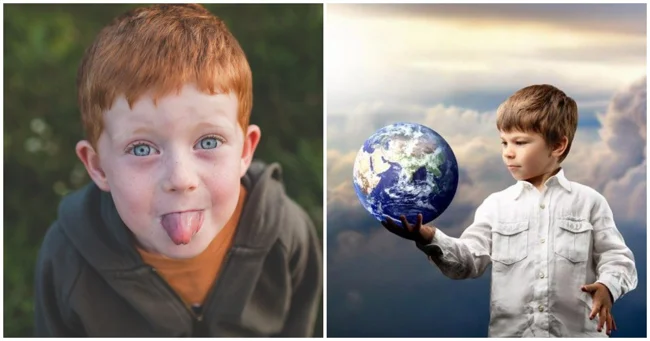
The authorship of the term belongs to Nancy Ann Tapp, who called herself a psychic. She assured that she sees a certain blue aura around such children. The woman theory became very popular.
In the USA, in 1982, Tapp published the brochure “Improving Life through Color.” Almost 200 pages of descriptions of the colored electromagnetic fields emanating from each. Each color was responsible for the prevailing quality - determination, touchiness, etc. 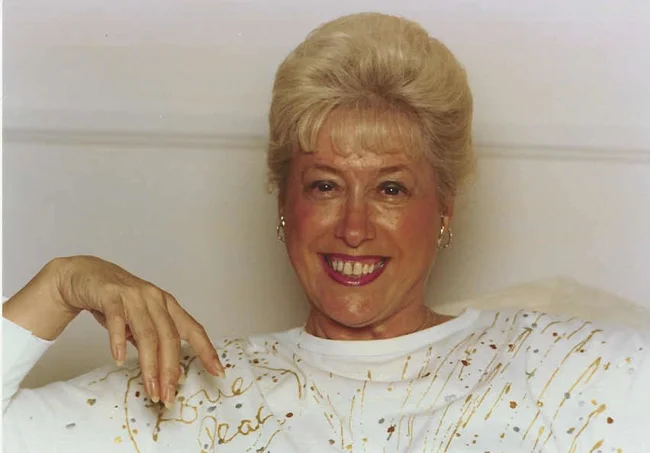
Nancy Ann Tapp
There is little information about Tapp herself. She told little about herself and what was true there is unknown. For example, the fact that she worked at San Diego State University was not confirmed. In the book "Indigo Children: 10 Years Later," the authors indicate that Tapp had synesthesia (like Vladimir Nabokov and Vincent Van Gogh) - a perception in which people "see and feel the color" of letters and numbers. This may have been Nancy, who died in 2012.
According to Tapp, in the early 70s, people with a bright pink tint practically disappeared from the world, but on the contrary, those with a dark blue tint, those same people with an indigo aura, appeared. According to the woman, they were confident, aware, wise and independent. She also noted four types into which indigo children are divided: conceptualists have a more pronounced ability to achieve goals and focus on projects, humanists are active and sociable, she predicted socially useful activities for them, artists are subtle creative people, and finally those who live in all dimensions - they bring new philosophies into the world.
Nancy wrote manuals where she gave advice on how to behave to parents with indigo children, because the old educational methods did not work with these “new” children. 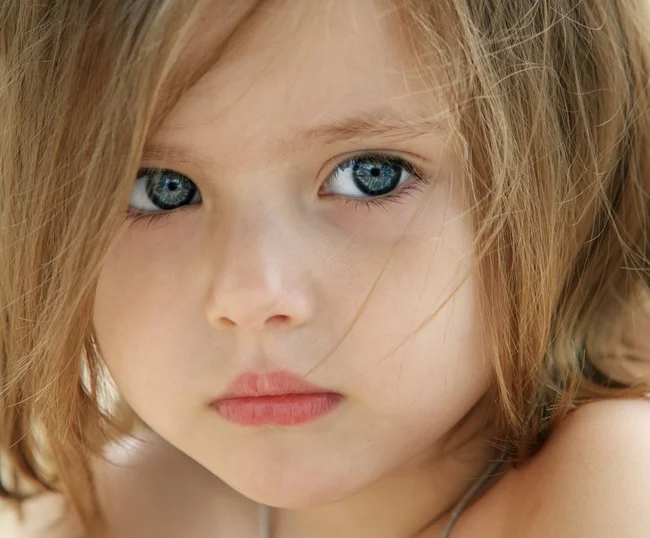
When the concept of Nancy gained popularity, all sorts of spiritual, esoteric and religious practices were in vogue. All sorts of clairvoyants and kinesiologists immediately appeared, who began to offer to find the purpose of the child, began to test intelligence and raise difficult teenagers. The media began to make films about children who felt human pain and predicted various disasters.
In the late 90s and early 2000s, centers for working with gifted children and communities to support indigo children were opened around the world. 
The concept, despite its obvious anti-science, made humane pedagogy popular. Talk more with children, help them find what they like and develop in this direction, do not put pressure on them with your unfulfilled dreams, do not manipulate them. Tapp advised taking indigo children to creative and sports activities and creating individual education plans for them. That is, the message was optimistic and useful. 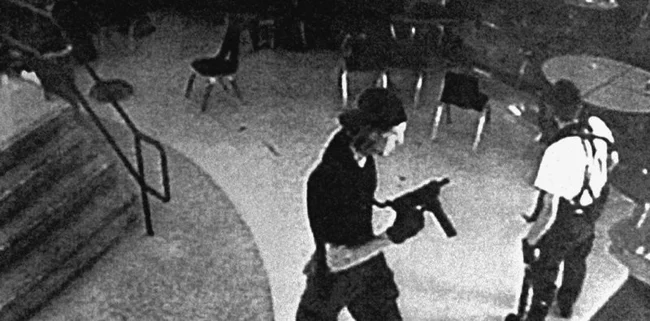
Columbine High School shooting, CCTV footage
At the height of the popularity of indigo children, the Columbine School tragedy occurred. The terrible shooting made me wonder what was wrong with the teenagers shooting at their classmates. Nancy Tapp decided to look into it.
She studied crimes committed by children for several years and came to the conclusion that these crimes could only be committed by indigo conceptualists, capable of doing anything for the sake of an idea. Tapp made her assumption on television and the Indigo children immediately took up arms. "Experts" began to consider them aggressive and antisocial sociopaths.
Where there is bad, there is good. The second group of people, on the contrary, began to believe in the divine essence of the “new” children and assured that they could be prophets, communicate with angels and cure diseases.
Sometimes these two theories were combined altogether and the result was some kind of juvenile unique, thinking like an adult and devoid of empathy. 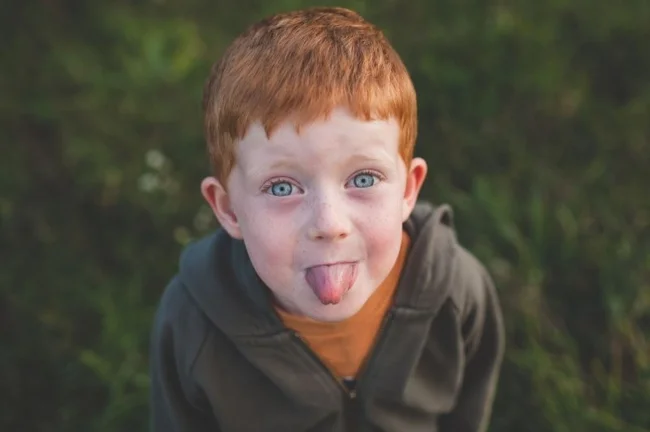
There has been a surge of interest in indigo children around the world. In 2007, the film "Indigo Children. A New Challenge for Adults" was released. A variety of experts took part in it: a psychophysiologist, a biophysicist, an academician. There they talked seriously about biofields, and the children's parents talked about clairvoyance and energy bubbles. Not without memories of Seryozha Paramonov and Nick Turbina.
After the release of the film, newspapers were filled with stories about indigo children, promising that scientists were about to learn all the secrets of the minds of gifted children. But right after the colossal interest in 2007 and 2008, a sharp decline began.
This was expected, because if every second or third child glows with a blue aura, then this is no longer a phenomenon. 
But why has it become so popular?
When the indigo craze ended, scientists decided to find out why this apparent myth had become so popular. This theory spread most strongly in the United States. It was then, in the 90s, that a large-scale reassessment of values was taking place and it was then that a new “Concept of Preschool Education” was introduced, which specifically spoke of the need to take into account the individuality of the child and raise children using humane methods. The “concept” was supposed to help raise a generation that would be happier than the previous ones. 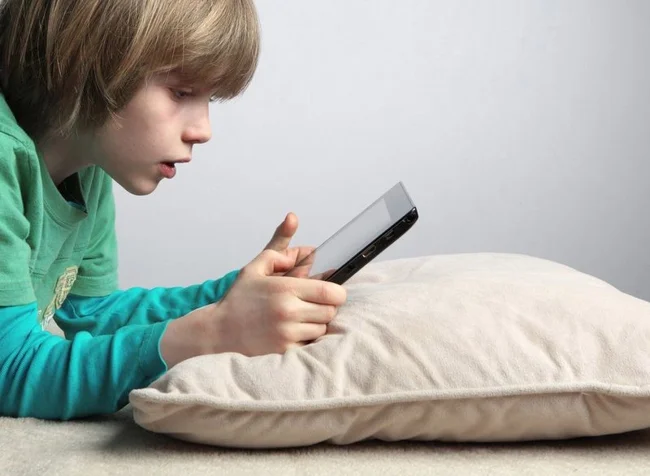
During that difficult period, higher education ceased to be an obvious value, emphasis began to be placed on creativity and self-development, and the institution of marriage was going through difficult times. The emerging social networks have begun to gain popularity and children born in the era of digitalization and globalization will be guided by completely different norms, build different models of behavior, and therefore the attitude towards them should be different.
The myth about gifted indigo children helped to convey to parents what mistakes in parenting should be avoided. To convince the majority of this, it was necessary to clearly explain that modern children are different and require a completely different approach.
0 comments
